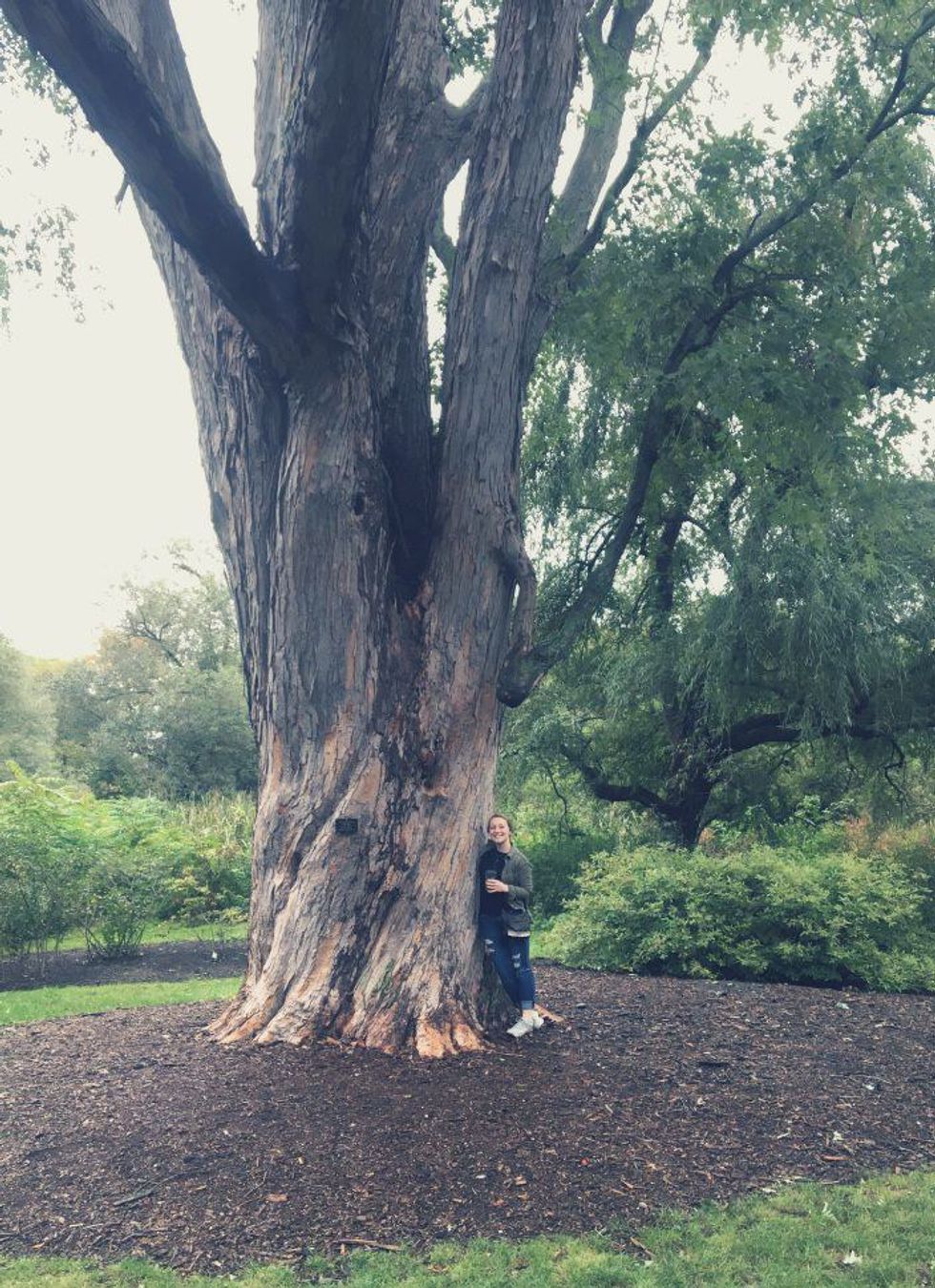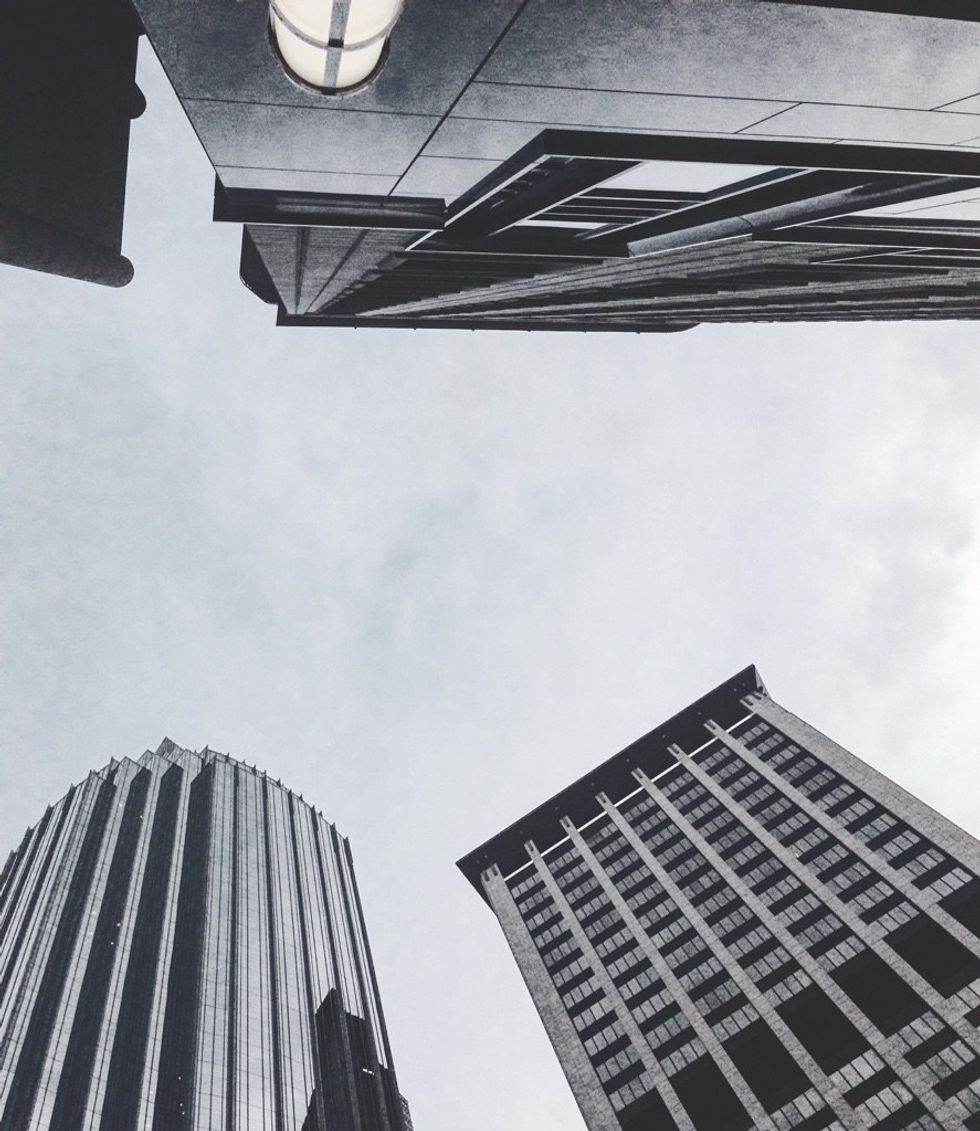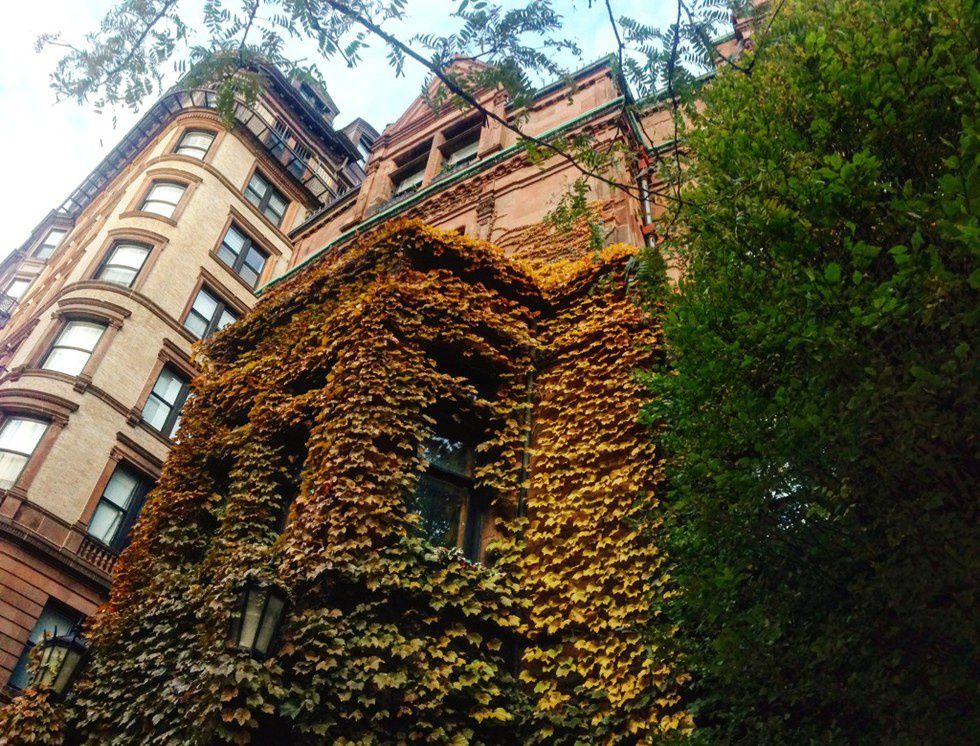-- birds -- chirping -- canopies -- grass -- leaves -- crunching -- branches -- sunlight -- fresh air --
-- nature --
If these are all things I enjoy, admire, reminisce in… then why would I also adore something that has such a high chance of abolishing them? Architectural design and construction for many years has been a segue to demolishing landscape and natural beauty for the opportunity for mankind to create our own form of beauty… ensuring that we will mark our stamp in nature’s place.
This concept has always bothered me. I used to find it obscure that any individual could prefer the choice of an industrialized, unnatural atmosphere over something organic, raw, or even unrefined. There’s just something about the organic condition of the natural world, untouched my mankind that sparks a wild enthusiasm inside me.
What others may see in nature to be raw or unrefined, I still to this day view as pure and authentic. The simple genuineness of a maple tree that’s been growing for over 13 decades is beauty in itself, without the implications of humanity. The sad part about this unique beauty is not only that not many people appreciate it, but also that we (yes, I speak for the entire human race) are exponentially destroying it as the years continue.
In the process of attaining a Bachelor’s of Science in Architecture, we are taught how to think in this abstract way… making conceptual discoveries whilst learning about the art of architecture though form and function. As this importance of understanding the meaning, or intent, or design becomes more clear to me, I begin to realize what I personally find to be more pertinent, which is the implications our designs will have on the future of Earth itself, and not just the client we design for.
I recently learned through my studies for the LEED GA exam, that commercial construction alone is responsible for 38% of the world’s carbon dioxide emissions. That is only ONE of the thousands statistics that contribute to the depletion of the beautiful natural environment some of us humans have come to know, appreciate, and understand. While commercial projects have also been statistically responsible for 40% of raw material use, 24-50% of energy use, and consume up to 72% of the world’s electricity, we continue our daily lives knowing little to nothing about these facts.
Although so far in my studies many of my architectural interests have fallen under the residential category, my hope is that one day I will be able to bring something positive to the environmental table. Through continued education and surrounding myself with individuals in my career field with similar goals, I believe it is possible to change the face of building design on a sustainable level.
The possibilities are truly endless in this age of eternal (and paradoxical) technological advancement. Via reusable materials, utilization of sustainable resources, and enhanced design and building practices, we could have passive homes and net-zero buildings popping up across the globe. One solar panel at a time, we as the designers of the future, can make a difference.
…and when we’re drawn back to the controversy of choosing an environment that either represents the natural world that once flourished, versus the detached modernism that exudes the indifference of today’s mankind majority, hopefully we will remind ourselves that we wouldn’t even be where we are today without the resources that our Earth has given up for us.
There are so many ways to incorporate a design into the environment rather than destroying it in the process. Build above, build below, replenish the landscape at walking level for people to enjoy. Create gardens, preserve streams, rejuvenate the decaying. With sustainability and preservation in mind, we can enhance the designs we create while keeping safe the environment that created us.























